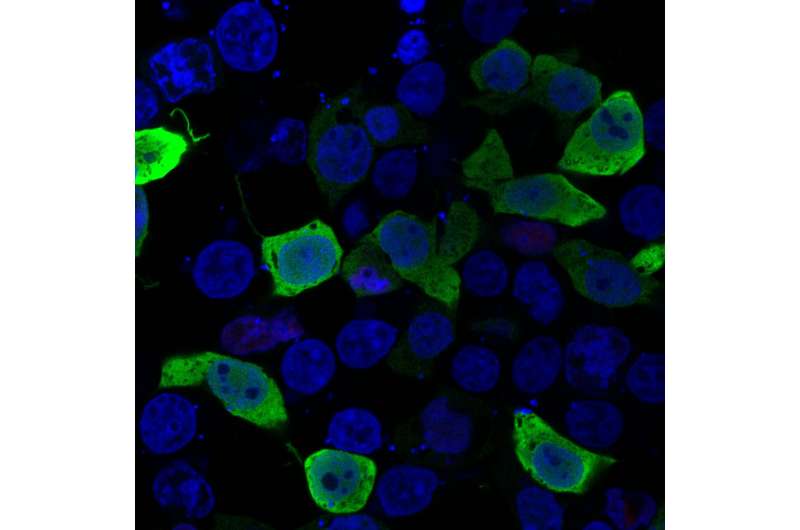
Using a new computational approach they developed to analyze large genetic datasets from rare disease cohorts, researchers at the Icahn School of Medicine at Mount Sinai and colleagues have discovered previously unknown genetic causes of three rare conditions: primary lymphedema (characterized by tissue swelling), thoracic aortic aneurysm disease, and congenital deafness.
The work was done in collaboration with colleagues at the University of Bristol, UK; KU Leuven, Belgium; the University of Tokyo; the University of Maryland; Imperial College London, and others from around the world.
An enhanced understanding of the functions of the genes involved in these and other disorders could pave the way for the development of treatments. The findings were published in the March 16 online issue of Nature Medicine.
Rare diseases affect approximately 1 in 20 people, but only a minority of patients receive a genetic diagnosis. Fewer than half of the 10,000 recorded rare diseases have a known genetic cause. Genome sequencing of large cohorts of rare disease patients provides a route toward discovering the genetic causes that remain unknown. However, large genetic datasets are challenging to work with, slowing down research significantly, say the investigators.
“While rare diseases are individually rare, collectively they are quite common. It is important for our understanding of human biology and for the development of diagnostics and therapeutics that the remaining causes are found,” said senior study author Ernest Turro, Ph.D., Associate Professor of Genetics and Genomics Sciences at Icahn Mount Sinai.
“Many people with a rare disease struggle for many years to obtain a genetic diagnosis. By developing and applying statistical methods and computational approaches to find new causes of rare diseases, we hope to expand knowledge of the underlying causes of these diseases, hasten the time to diagnosis for patients, and pave the way for the development of treatments.”
The investigators studied a collection of 269 rare disease classes using data from 77,539 participants in the 100,000 Genomes Project, one of the largest datasets of phenotyped and whole-genome-sequenced rare disease patients. The researchers identified 260 associations between genes and rare disease classes, including 19 associations previously absent from the literature.
Through an international academic collaboration, the authors validated the three most plausible novel associations by identifying additional cases in other countries and through experimental and bioinformatic approaches.
“We hope that our computational framework will help accelerate the discovery of the remaining unknown etiologies of rare diseases across the board. For now, we expect that a genetic diagnosis will be attainable for certain families with previously unexplained primary lymphedema, thoracic aortic aneurysm disease, and deafness,” said Daniel Greene, Ph.D., a postdoctoral fellow at Icahn Mount Sinai and lead author of the study. “We also plan to apply our methods in novel ways and in other datasets, with the aim of continuing to unravel the genetic causes of rare diseases.”
The Mount Sinai Hospital

